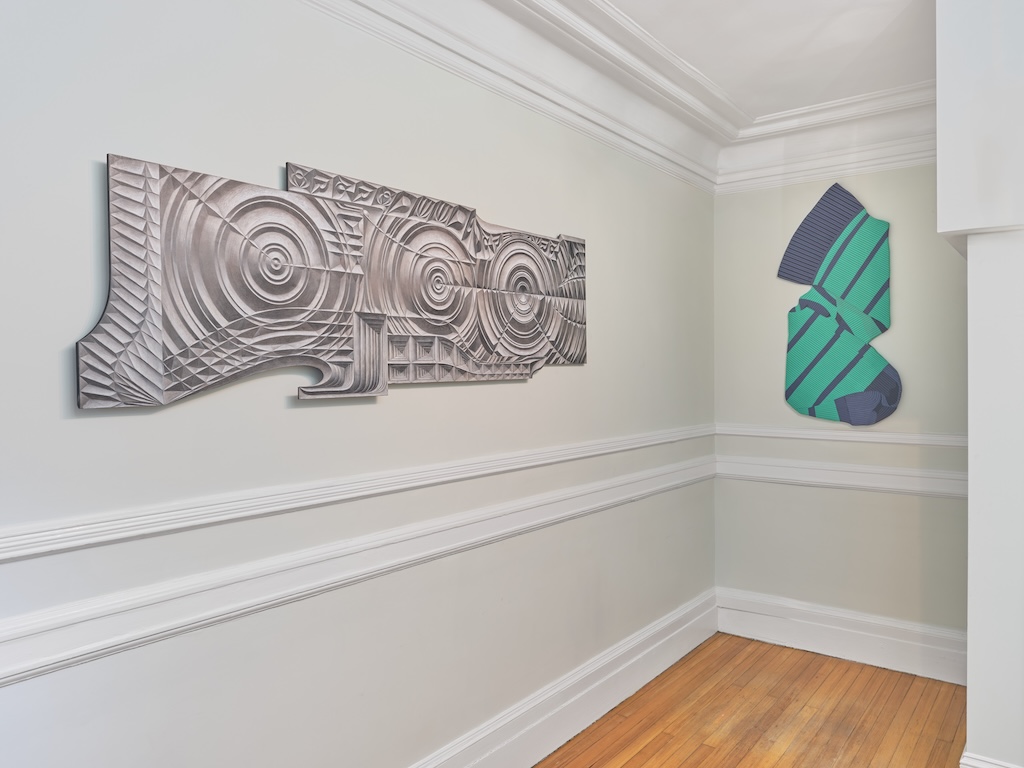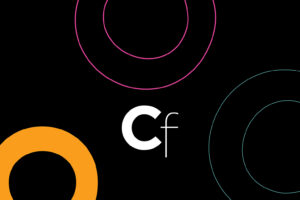Two Off-Kilter Satellite Fairs Offer a Welcome Detour from Frieze Week Frenzy

It’s easy this New York Art Week to get swept up in the Frieze and TEFAF of it all, with their blue-chip artists, mega-gallery exhibitors, and seven-figure sales. But away from the well-trodden hotbeds of the Shed and the Park Avenue Armory, two smaller fairs, Esther II and Conductor, offer a refreshing tonic for the overwhelmed art lover.
In Murray Hill, Esther II, which runs through Saturday, is back for its second edition. The scrappy art fair returns to the almost-too-charming Estonian House on East 34th Street, filling its grand halls, clubrooms, and creaky wooden parlors with site-specific installations, performances, and events courtesy of 25 galleries, hailing from 17 cities.
Like a hotel fair, the works on view here are tucked into every corner: inside fireplaces, on staircase landings, atop sleek grand pianos. A skeletal art fair partition slices one of the second-floor rooms in two, with galleries hanging work on both sides. The setup is unexpectedly charming—you look at a painting and, through a number of square cutouts in the wall, you might catch a glimpse of someone on the other side, framed like a work themselves as they take in something entirely different.
The fair was founded by two gallerists: Tribeca-based Margot Samel and Olga Temnikova, one half of Temnikova & Kasela in Tallinn, Estonia. Together, they’ve brought together a global slice of the art world, with participants from Tokyo, Budapest, Paris, and Poland. New York is well-represented too: James Fuentes, Tara Downs, and Post Times, a less than two-year-old outfit on the Lower East Side.
It’s the first fair of any kind for Post Times, which shares a booth with Estonia-based Tartu Gallery. “I came last year and it was a great vibe—well-curated, international but with big local names,” said founder Broc Blegen. “As a new gallery, it really gives the validation some collectors need.”

Post Times brought work by Nate Flagg, who had a solo at the gallery last September, and Jeremy DePrez. DePrez’s piece—a hanging sculpture of a giant, haphazardly folded tube sock—strikes just the right tone: elegant and well-crafted, but not taking itself too seriously.
In the room next door, two still lifes by Matthew Watson, brought by Laurel Gitlen Gallery, stand out. Painted on sheets of copper, the works feel personal without tipping into sentimentality. Each begins with a visit to an artist, curator, or dealer’s home, where Watson photographs whatever catches his eye using a 4×5 view camera. He paints from those photographs later, turning private spaces into quiet compositions.
Down in the basement, Estonian designer Laivi is sewing custom Esther II–branded shirts on-site, with a variety of her designs screen-printed on front, back, and sleeves of the shirts.

Across the East River in Gowanus, Conductor, which runs through Sunday, made its soft-launch debut in the sprawling, cathedral-like Powerhouse Arts complex—a reimagined 117-year-old power plant with ceilings that seem to scrape the clouds and walls of poured concrete. The fair, backed by Powerhouse, is designed to foreground artists and their galleries from across the Global South and its diasporas, with work in view by Amanda Phingbodhipakkiya, Khaled Jarrar, Modupeola Fadugba, and the Indigenous Brazilian collective MAHKU.
But what sets Conductor apart isn’t just its curatorial lens—it’s the model. Artists are invited to fabricate work on-site using Powerhouse’s extensive production facilities, dramatically lowering shipping costs and opening the door to new commissions and affordable editions.
Phingbodhipakkiya’s As her hands move, her heart beats in the rhythm of monsoons (2024) is among the fair’s standouts. The Brooklyn-based artist, whose practice spans sculpture, textiles, murals, and participatory installations, draws on her Thai and Indonesian heritage to explore memory, care, and community.
The large-scale sculpture pays homage to matrilineal traditions in rural Thailand. Crimson knots spill from bamboo vessels once used in silkworm cultivation, forming a suspended, fragmented archive of ancestral knowledge. Unfurling like foraged flor, these vermilion fibers also evoke the rhythms of monsoon rains and rites of womanhood. Developed after months of research in northern Thai communities, the piece speaks to scarcity and abundance, the stewardship of nature, and the intergenerational transfer of wisdom.
Fabricated at Powerhouse Arts, the work first appeared at Art Basel Miami Beach last year. “Powerhouse was my first call in terms of looking for fabrication support,” Phingbodhipakkiya told ARTnews. “They really understand that fabrication isn’t just logistical—it’s spiritual, emotional, communal. [The work] carries gestures of forging, weaving, and care passed down through generations. So I needed a partner who would respect those cultural nuances.”
Between its emphasis on the Global South and its fabrication support across sculpture, ceramics, and printmaking, Conductor makes New York’s art world feel newly accessible to artists from India, Latin America, and Africa, who may have felt that shipping work to the US was out of reach, financially or politically. Conductor is a place to learn about emerging galleries that might be too green to participate in the traditional art fair circuit.




